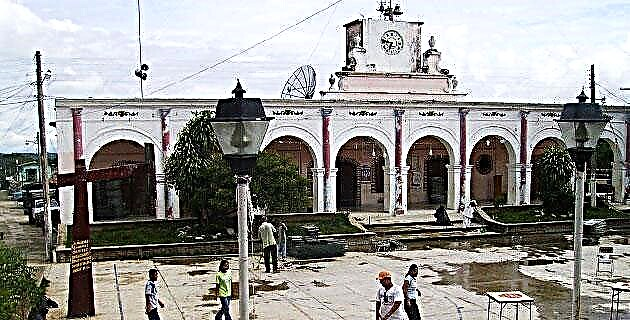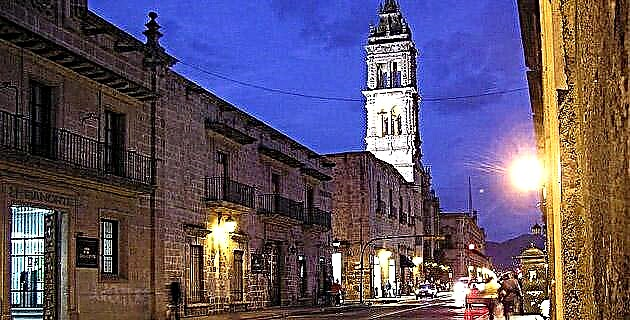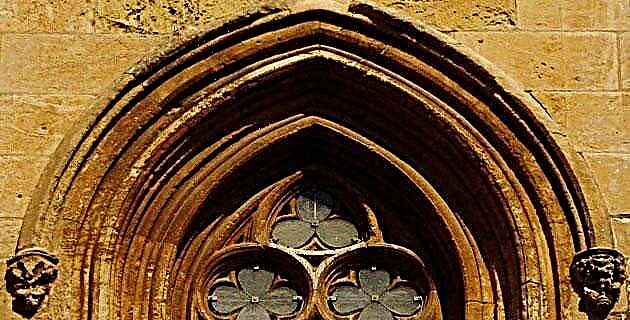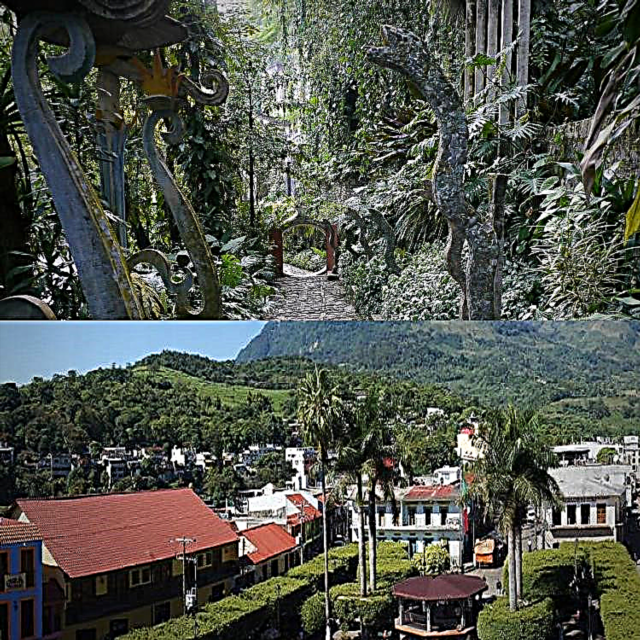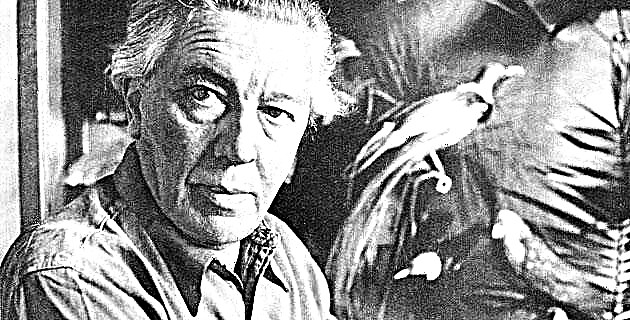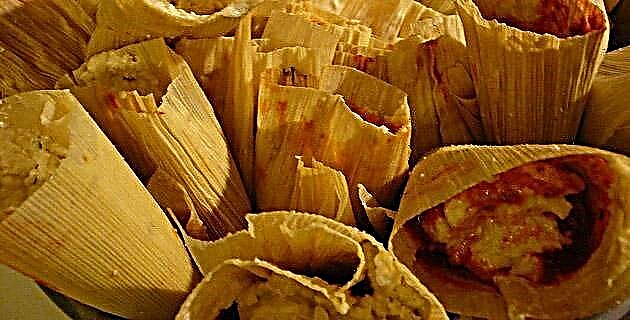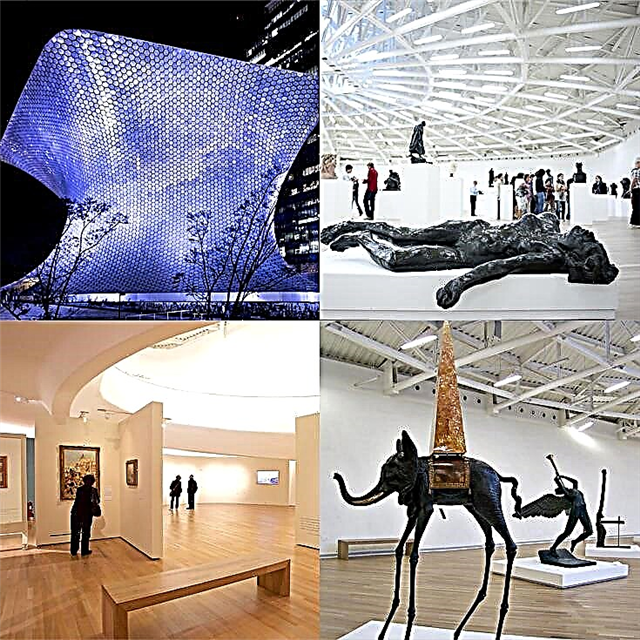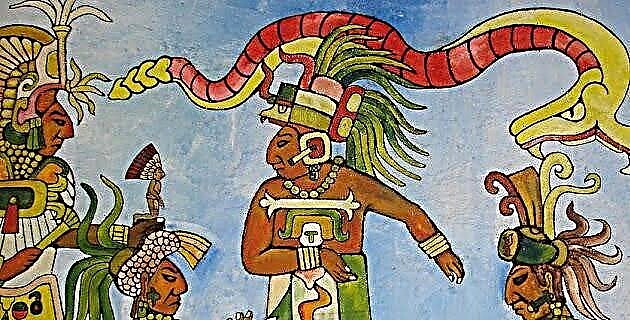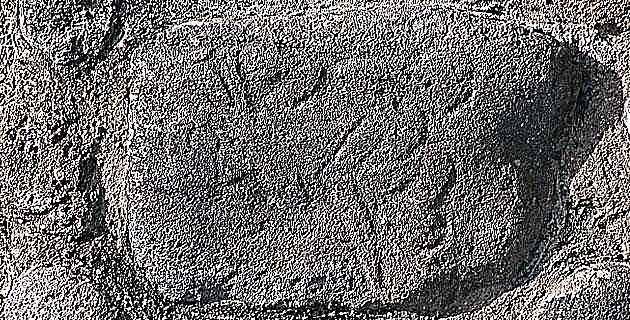
With only three or four months of rain a year, Colima was able to meet the necessary conditions for human life thanks to the numerous streams coming from the upper parts of the Volcán de Fuego. Evidence shows that man settled in this valley around 1,500 BC.
The culture known as Complejo Capacha were agricultural and sedentary societies that gave rise to the famous tradition of shaft tombs: mortuary chambers in which rich offerings were deposited and which were accessed through a vertical and round shaft from 1.20 to 1.40 m in diameter. In the Tampumachay recreational center, in the town of Los Ortices, there are three tombs with the original shaft and vaults, and inside a series of stone vessels and tools offered to the dead.
When religion had greater weight in social organization, from 600 AD, ceremonial spaces began to be built from squares, delimited courtyards and rectangular platforms of considerable dimensions. The more architecturally complex settlements did not develop until after 900 AD.
The place that best represents this stage is La Campana. It is a large settlement - its ceremonial area exceeded 50 hectares - with a succession of rectangular platforms. At the top of these platforms there are areas probably related to grain storage. There are also complex residential systems that undoubtedly should have been occupied by civil and religious leaders.
Two aspects stand out in this site: the location of shaft tombs integrated into ceremonial spaces and the existence of a complex network of drainage and water conduits.
Another important archaeological site in Colima is El Chanal, located about 6 km north of the city, which must have had a maximum extension of 200 hectares. As it extended to both banks of the Colima River, it is known as El Chanal Este and El Chanal Oeste. The latter, although it has not been fully investigated, shows an evident complexity, since it has courtyards, squares, structures, canals and streets. El Chanal Este, on the other hand, was largely destroyed because the modern town that bears its name was established on its ruins.
The investigations show that in the place there are indicative elements of the double temple, the concept of bench-altar and the altars-platforms of small dimensions, as well as a large number of bulk sculptures, engravings and stone reliefs; figures related to the Xantiles; polychrome pottery forming outlines of eagles and feathered serpents; and finally, metal. But the most outstanding thing about this culture is the presence of the urban phenomenon and the existence of the calendar.

